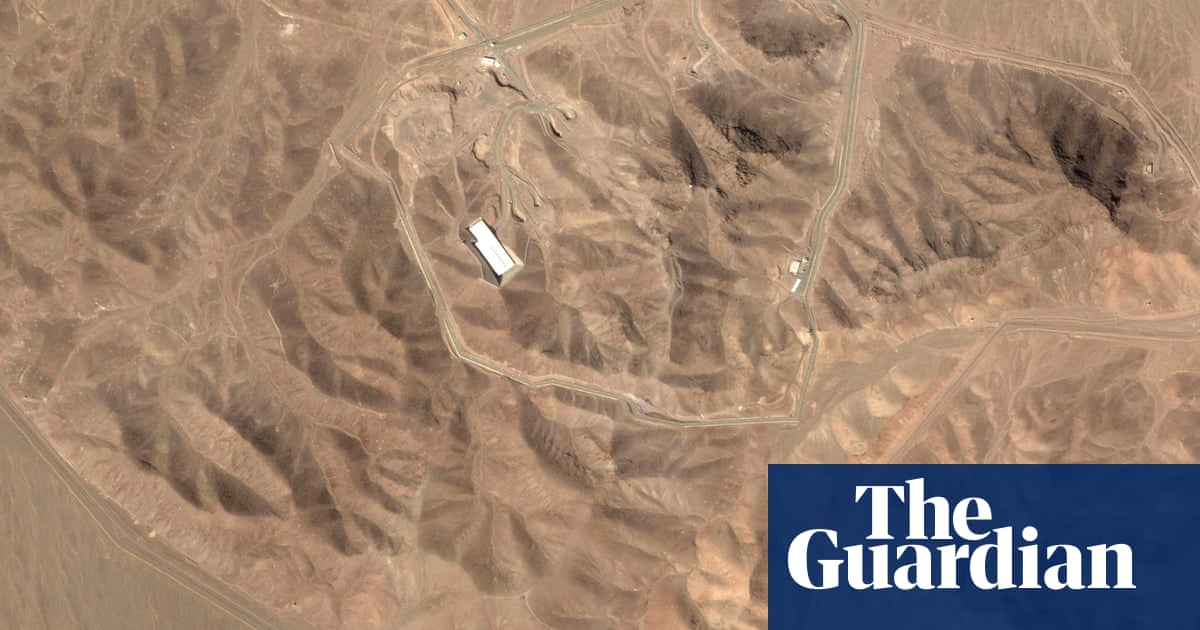“Creation of Life”, read the headline of the Boston Herald in 1899. “Lower Animals Produced by Chemical Means.” The report described the work of the German-American marine biologist Jacques Loeb, who later wrote: “The idea is now hovering before me that man himself can act as a creator, even in living nature.”
In fact, Loeb had merely made an unfertilised sea urchin egg divide by exposing it to a mixture of salts – he was not even close to creating life in the lab. No scientist has ever done that. But that ancient dream hovers today over the discipline called synthetic biology, the very name of which seems to promise the creation of artificial life forms. Take one of the most dramatic results in this field: in 2010, scientists at the J Craig Venter Institutes in Maryland and California announced they had made “the first self-replicating synthetic bacterial cell”.
This wasn’t, however, truly the creation of life either, but rather, a particularly bravura (or scary, depending on your viewpoint) example of genetic engineering. The team had produced a bacterium of a species found in nature, but with DNA that the scientists had assembled in the laboratory using chemical methods, modified to their own design (including a DNA-encoded version of the institute’s website address).
To truly make a living thing from scratch is another matter entirely. Can we create life afresh from its basic, nonliving components? Some scientists are attempting it – last year researchers in the US and Europe reported a “roadmap” to, as they put it, “achieve the vision of building cells from molecular parts”.
All life forms on Earth share the same chemical ingredients: DNA for encoding the hereditary messages of the genes, protein for making the enzymes that enable the chemical processes of life, lipids to make cell membranes, and so on. And all living things are composed of individual cells, which are inherently alive in themselves; the Nobel laureate Paul Nurse calls them life’s atoms. (I’m not getting into the argument about whether viruses, which are exceptions to these rules, are truly alive.) So if we were to make versions of all these molecules using chemistry alone (and that can be done) and somehow assembled them into a cell, would we be creating life?
It’s a moot point, because we can’t even do that. Cells won’t just assemble themselves from all their molecular components mixed together in a test tube – they are far too complicated. Every cell that ever existed was made by the division of an earlier cell: as Rudolf Virchow, the German physiologist who helped promote cell theory in the 19th century, put it, “every cell comes from a cell”.
You’ve doubtless spotted the flaw in this picture, which is that it had to start somewhere. Where did the first cell come from? In other words, how did life originate? We don’t know, but there is no shortage of theories. In 1953, two scientists at the University of Chicago tested one of these – that life arose from a primordial soup of chemicals in the early oceans – by making amino acids (the chemical ingredients of protein) from mixtures of water, hydrogen, methane and ammonia. Echoing the headlines of half a century earlier, Time magazine claimed that experiment had come close to creating a “living molecule” (whatever that was meant to be).
However life started, it almost certainly wouldn’t have cohered all at once: increasingly complicated chemical entities must have developed from simpler ones, acquiring ever more attributes of the truly alive. But the mere fact that life appeared at all on a planet that was once little more than rock, water and simple molecular gases in the atmosphere shows us that making life from scratch must be possible.
Some parts of cells do assemble themselves. In particular the lipid molecules of our cell membranes will gather together into hollow cell-like sacs in water to shield their fatty parts. Researchers in the Netherlands are trying to construct a kind of miniature assembly line for loading such lipid bubbles with proteins. But there’s no reason why DNA, proteins and the rest would spontaneously arrange themselves into the positions they adopt in living cells. We have no idea how one might get all these parts to organise into something alive.
Yet wouldn’t it anyway be rather unimaginative simply to create life in our own image (or that of a bacterium)? Why not make it instead from totally different molecular components – to, so to speak, write our own song of life and not just do a cover version? That would indeed be amazing, but we have even less idea where to start. How to make things that do what DNA and proteins do but aren’t those molecules?
What this really comes down to is the slightly embarrassing fact that scientists don’t even agree on what “life” means in the first place. So how would we know if we’ve made it, if it doesn’t resemble life as we know it? Some researchers argue that computer-based “artificial life” – algorithms that can make copies of themselves, or that produce patterns which crawl across the screen, perhaps mutating and evolving as they go – fit the criteria for being genuinely alive. Last year, researchers at Google described how computer programs that replicate themselves emerged spontaneously from non-replicating ones when they had the ability to join and split. Group leader Blaise Agüera y Arcas argued that this “synthetic life is no different to natural life” because all life is just a kind of computation.
after newsletter promotion
But that sets a very low bar – it is not far from claiming that CGI-generated water is actually wet. For me, “created life” has to be able to, at least metaphorically, crawl out of the test tube. If that prospect appals you, fear not: scientists aren’t even close to doing it. They barely understand the question.
Further reading
Life’s Edge by Carl Zimmer (Picador, £20)
Life As No One Knows It by Sara Imari Walker (Bridge Street, £25)

.png) 1 month ago
34
1 month ago
34

















































